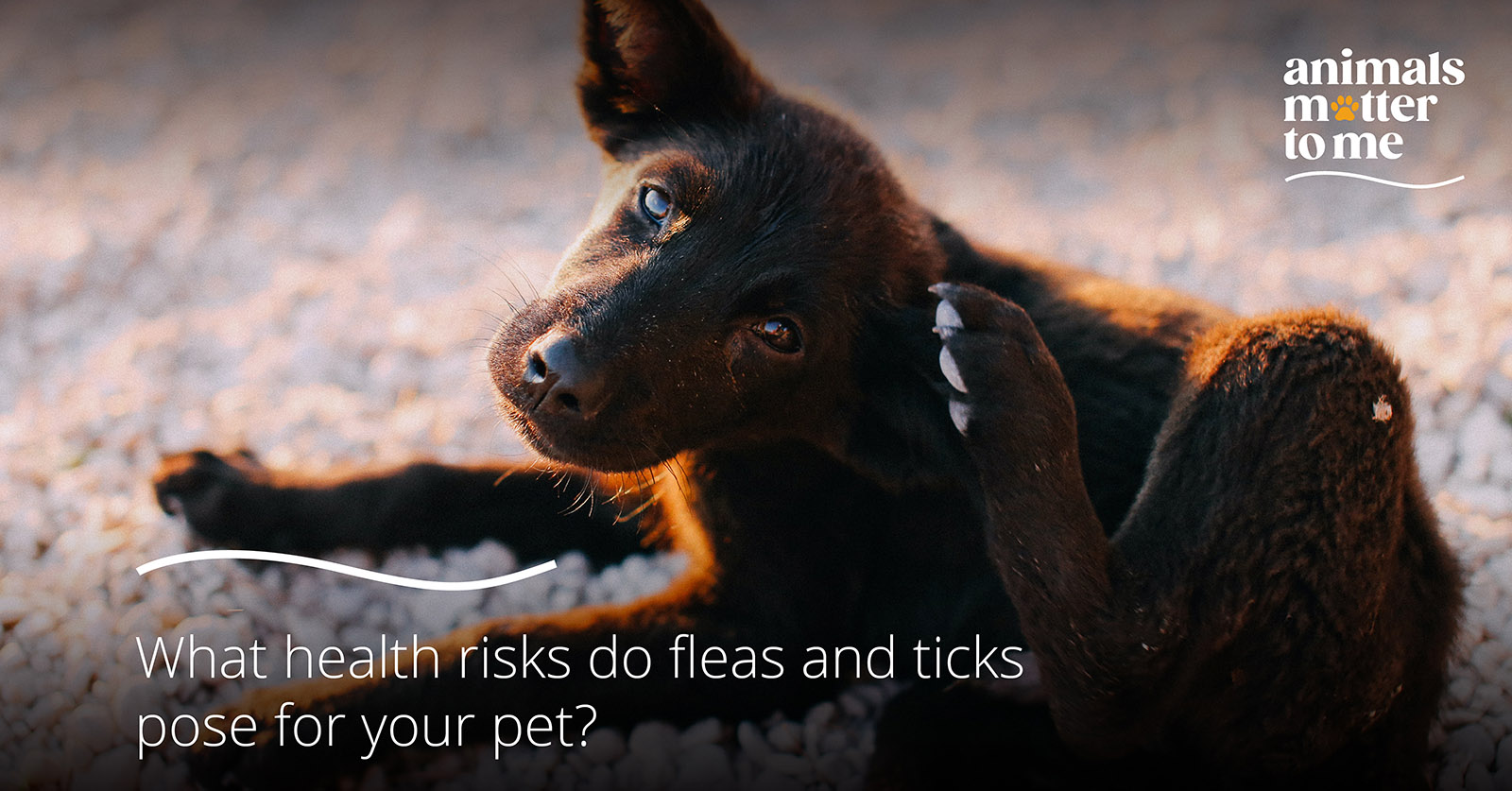Fleas and ticks are a common problem that pet owners face, especially during the warmer months of the year. These tiny parasites feed on the blood of animals and can cause a host of problems for our furry friends as well as the humans they come in contact with. Read on to know how fleas and ticks are dangerous to pets and how you can protect your pets from them.
Dangers of Fleas
Fleas are not just a nuisance; they can cause severe health problems for our pets. Fleas can cause allergic reactions, dermatitis, and transmit diseases like tapeworms, murine typhus, and even the plague. In severe cases, pets that are heavily infested with fleas are at risk for developing anemia. Anemia is a condition where there are not enough red blood cells in the body and it can be life-threatening if left untreated.
Dangers of Ticks
Ticks are carriers of several diseases that can be transmitted to both pets and humans. Lyme disease is one of the most well-known diseases that ticks can transmit to pets. Lyme disease can cause joint pain, fever, and lethargy in pets, and if left untreated, it can lead to kidney failure. Other diseases that ticks can transmit include spotted fever, ehrlichiosis, and anaplasmosis.
How to Protect your Pets
The best way to protect your pets from fleas and ticks is to prevent infestations in the first place. There are several ways you can do this:
- Keep your home and yard clean: Fleas can lay eggs in your home, and ticks thrive in wooded areas and long grasses. Keeping your home and yard clean can reduce the risk of infestations.
- Use flea and tick prevention products: There are many products that can prevent fleas and ticks from infesting your pet. These products include topical treatments, flea collars, and oral medications. However, never use canine medication for felines and vice versa as they might end up poisoning your pet. To be safe, consult your vet for the best preventive treatments tailored to your pet’s requirements.
- Check your pets regularly: Check your pets regularly for signs of fleas and ticks. This includes checking their skin, ears, and armpits. If you find a tick, remove it immediately, and keep an eye out for signs of lethargy, limping or loss of appetite. Not every tick bite causes a serious disease but it’s best to keep the vet informed just in case.
- Keep your pet away from heavily wooded areas and long grasses: Ticks thrive in these areas, so it’s best to avoid them if possible.
Regularly groom your pets: Regular grooming can help remove any fleas or ticks that may be hiding in your pet’s fur.




